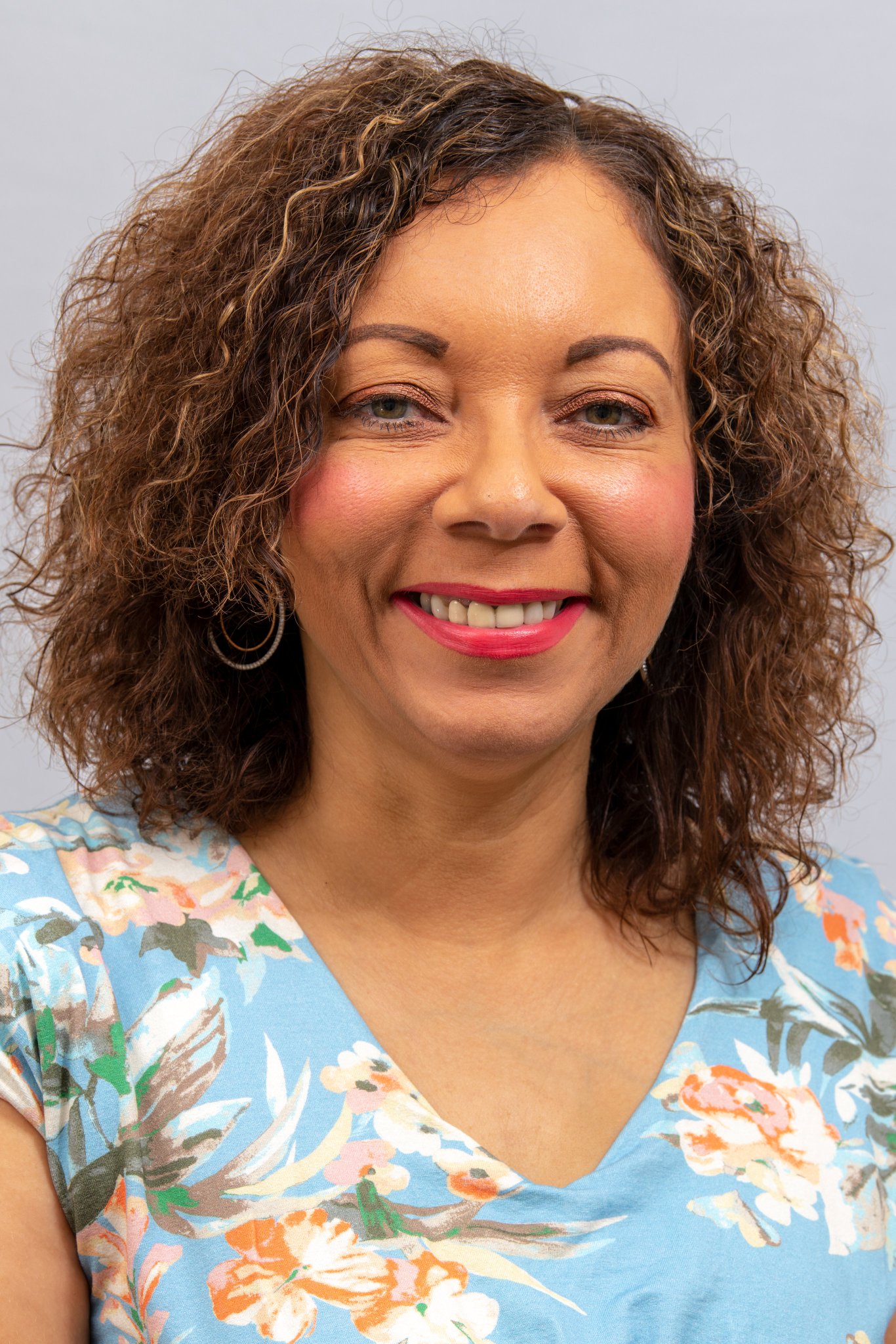Black Lives Matter has brought into sharp focus the work the NHS needs to do in the equality, diversity and inclusion space to make genuine progress in an area which has eluded it for so long. But what do we really mean by the terms diversity and inclusion? Having a diverse workforce doesn’t mean everyone feels included or treated fairly. Inclusion doesn’t just mean being offered a seat at the table. Although it is true to say that diversity and inclusion are intrinsically linked, they have very different meanings and the presence of the former doesn’t automatically lead to the achievement of the latter.
When you consider a traditional NHS board agenda, prior to the introduction of the NHS Workforce Race Equality Standard (WRES), diversity and inclusion has not routinely been a key focus. There may well be discussions regarding workforce statistics and transactional performance, but this only forms part of the story in terms of the people agenda. Equality, diversity and inclusion should be the golden thread that runs through organisational strategy. This and organisational performance are intimately connected, not simply from a business perspective but also with regard to human relationships and social justice. The evidence has strengthened over time -diverse organisations with inclusive cultures deliver higher levels of performance.
Although it is true to say that diversity and inclusion are intrinsically linked, they have very different meanings and the presence of the former doesn’t automatically lead to the achievement of the latter.
Chief Executive
So where do you start? Boards have a huge responsibility in setting the tone in any organisation – how things are done here, what is acceptable, how decisions are made. The rituals and practices that define culture often start with senior leaders. When looking at actions boards should take, they can be split into three categories.
Firstly, developing the board’s approach to equality, diversity and inclusion. A culture change of this significance needs to be led from the front. Ensuring the diversity of the board and leadership at every level reflects that of the wider organisation is an important first step. Staff need to see themselves at all levels of leadership of the organisation. This builds confidence that those opportunities are open to all and that their individual and collective needs will be met through diverse thought and decision making. Developing the right environment for change is crucial. Listening to the lived experiences of colleagues both inside and outside of work and understanding how this affects their ability to do their job (as well as their sense of belonging within the organisation and wider society) is imperative in setting the foundations for an inclusive culture. In parallel, board members must be able to undertake self-reflection. They must be willing to understand their own potential prejudices and privilege and how these impact on their world view and leadership behaviours. There is no doubt that diversity and inclusion is a collective responsibility. However, organisations take their lead from the top. The board developing a compelling vision, supported by an accountability framework, places this firmly at the heart of business.
Secondly, be clear on what interventions are going to deliver genuine change. The development of an equality, diversity and inclusion strategy is a necessary step as this will form a critical plank in the organisation’s People Plan. However, what staff really want to see is effective change, and a move towards an inclusive environment where they not only feel that they belong, but also feel psychologically safe and able to bring their authentic selves to the workplace. Boards need to be clear on how they will create inclusive leaders and what interventions are going to be put in place to support this culture change.
The creation of a diverse and inclusive culture is challenging and boards should not underestimate the effort needed to achieve and sustain this change.
Chief Executive
Finally, an accountability framework to determine how success is going to be measured, and how boards ensure that vision materialises in practice must be developed.
The creation of a diverse and inclusive culture is challenging and boards should not underestimate the effort needed to achieve and sustain this change. Nevertheless, the rewards in terms of people and organisational performance are undeniable. As research from McKinsey has shown, boards that are diverse and inclusive perform better. Teams that are diverse and inclusive collaborate more and meet business expectations. Employees working within an inclusive culture also see their organisation as high performing.
The NHS is facing some of its biggest challenges: an aging population, increasing long-term conditions, rising health inequalities and the need to change to respond to a post-COVID world. So I’m left asking myself one question: Why would we not want to commit to this journey that would not only make the NHS the best place to work but also the best place to receive care?
Patricia will be speaking about inclusive leadership at our annual conference and exhibition this year, taking place 6, 7 and 8 October.
About the author

